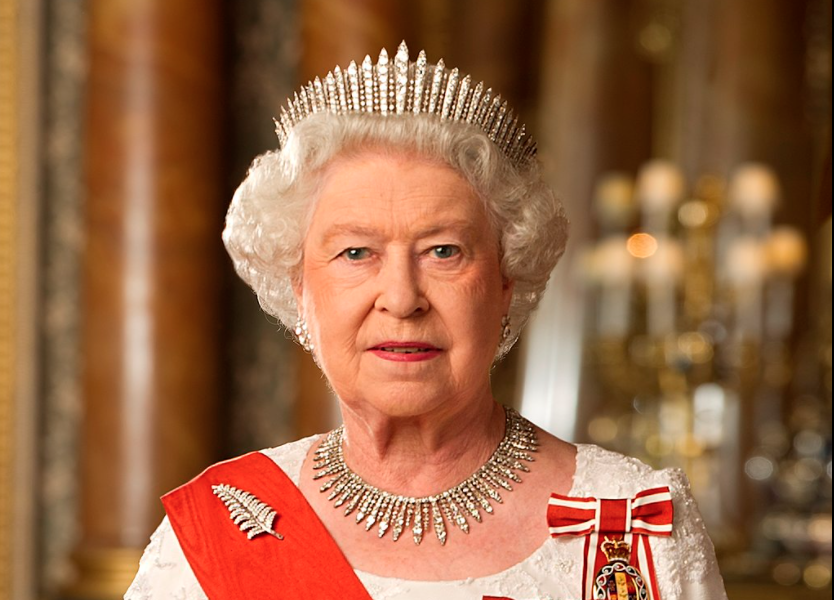
February 6 is an important date for the House of Windsor. In 1952, King George VI died at Sandringham and Queen Elizabeth II ascended the throne. This year, the day will mark the start of The Queen’s Platinum Jubilee. However, February 6 has been an important date in British royal history for centuries.
In 1665 on 6 February, Princess Anne was born to James, Duke of York (the future King James II) and his wife, Anne Hyde at St. James’s Palace. When she was born, Anne was expected to marry a foreign prince and solidify a foreign alliance. However, she would take the throne of England in 1702 after her sister, Queen Mary II, and her brother-in-law, King William III. Under Anne, Scotland joined England and Wales with the Act of Union.
In 1685, Anne’s uncle, King Charles II, died at the Palace of Whitehall on 6 February of an apoplectic fit. He was only 54 years old at the time of his death, and had led a reign worthy of his moniker, the Merry Monarch. Parliament invited Charles back to take the throne in 1660 after the royals had fled into exile following the execution of his father, King Charles I, in 1649. On his deathbed, Charles II reportedly asked his brother to take care of his mistresses and to make sure that they would not starve.
That same brother, King James II, ascended the throne upon his brother’s death on 6 February. James enjoyed some initial popularity; as Duke of York, he had led a successful naval career. However, his Catholicism was a major issue in Protestant England, especially with the staunchly Anglican elite. He was deposed during the Glorious Revolution of 1688, and officially went into exile on 23 December that year. Parliament invited Mary, James’s elder daughter, and William of Orange, her husband, to be co-monarchs.
On 6 February in 1899, Prince Alfred, the Hereditary Prince of Saxe-Coburg and Gotha, died under mysterious circumstances. He was the son of Queen Victoria’s second son, Prince Alfred, Duke of Edinburgh, and Grand Duchess Maria Alexandrovna of Russia. How he died is still unclear; there are varying reports that range from consumption to suicide.
However, in the annals of royal history, the date is now best known as the end of the reign of the popular King George VI and the start of the historic rule of his daughter, Elizabeth II. It will now become the date of Britain’s only Platinum Jubilee.

